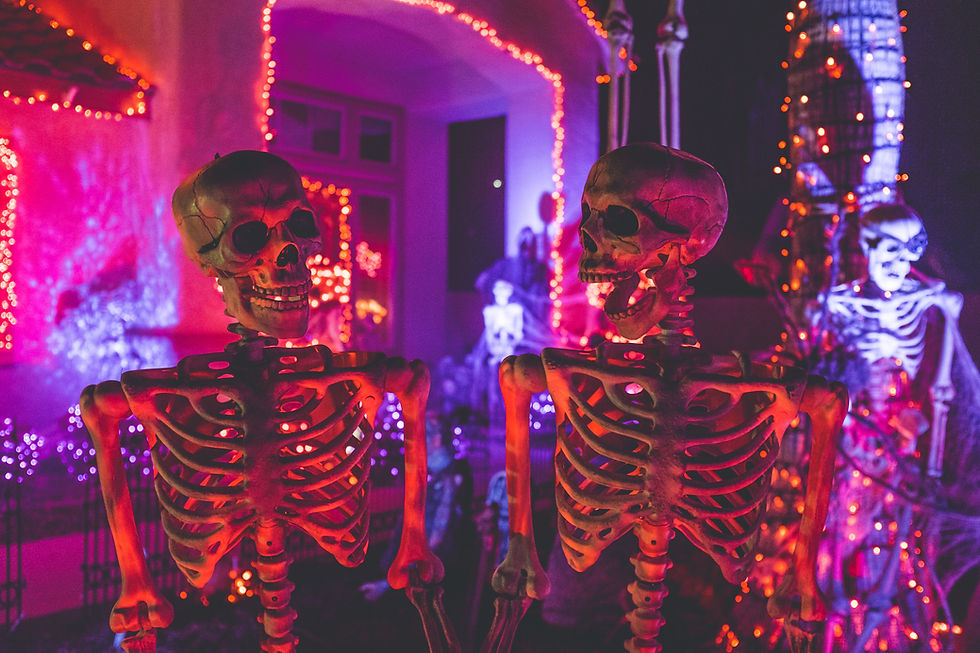The History of Christmas Colours
- Dila Özbugutu
- Dec 16, 2021
- 2 min read
Christmas is all about brightening the dreary winter nights with beautiful, shining hues. The colors red and green, in particular, are frequently associated with Christmas. What is the holiday season without red and green hues? Despite the fact that most people associate Christmas with these colors, most of us have no idea why.
The Victorians reinvigorated the red and green colors by applying centuries-old rituals. According to Dr. Spike Bucklow of the University of Cambridge, medieval rood screens dating from the 14th and 16th centuries were discovered with saints and parishioners painted red and green because of the colors available at the period. However, the hues could have had a deeper symbolic meaning that dates back even longer. The colors imply that the church is divided between priests and parishioners. According to Bucklow, the Victorians, who eventually renovated the medieval cathedrals, recognized the color-coding and decided that the hues would represent the end of one year and the start of another at Christmastime.
The Christmas tree is the source of the color green, which is a key Christmas hue. Historians believe that Christmas trees, which originated in medieval times, were used in theatrical productions to represent the Garden of Eden. The tale of creation was depicted in nativity plays, and a "paradise tree" draped with fruit symbolizes the Garden of Eden, or Adam and Eve's feast day, which fell on Christmas Eve. When some countries outlawed nativity plays in the 16th century, the Christmas tree began to appear in churches and houses.
The crimson apples placed on the paradise tree and the red holly berries, which are typically associated with Jesus' blood, are the origins of the Christmas color red. The original Saint Nicholas was shown wearing red bishop's robes or tanned animal skins, and even resembled an elf-like figure, according to the Coca-Cola Company. Coca-Cola, on the other hand, commissioned artist Fred Mizen to portray a department store Santa enjoying a bottle of coke in 1930. For shopping-related adverts in magazines like the "Evening Post," Mizen painted Santa Claus in the vivid red and white colors that are associated with Christmas today. Santa Claus' image was later changed by illustrator Haddon Sundblom, who made him chubby and merry.
The traditional colors blue, silver, gold, and white are used in addition to the festive red and green hues associated with Christmas. Because of the great cost of pigment, only royalty and the wealthy wore blue-dyed garments in the past. Mary, Jesus' mother, was frequently represented in blue to emphasize her significance. Gold, a classic Christmas hue, depicts one of the wise men's gift of gold to baby Jesus, while silver represents the star that the wise men followed to discover the newborn Jesus. White communion wafers strung on paradise trees are the source of Christmas white. White, on the other hand, can reflect spiritual purity as well as snow.




Comments